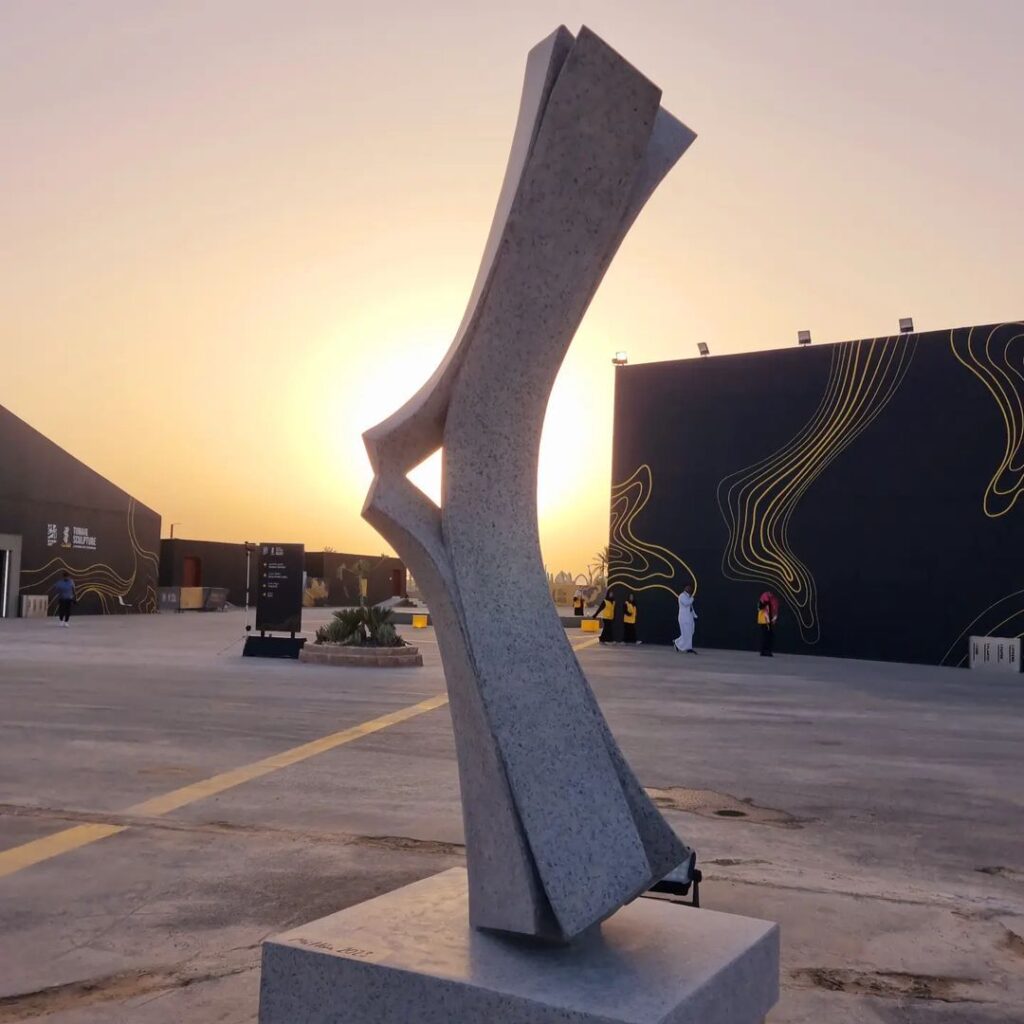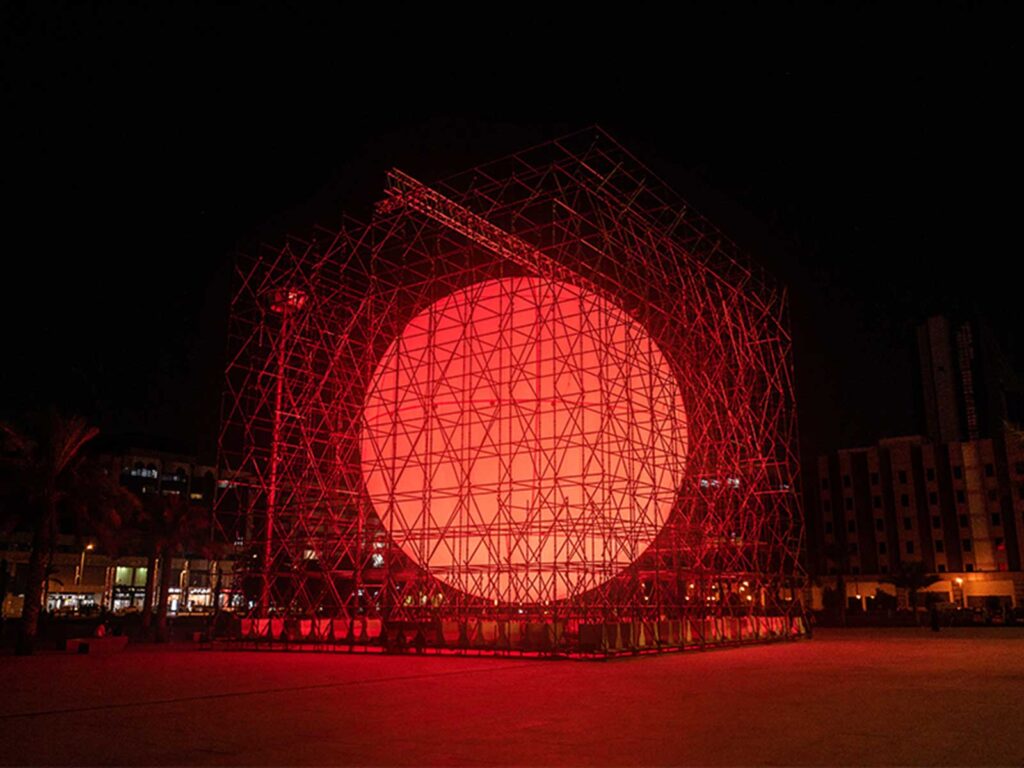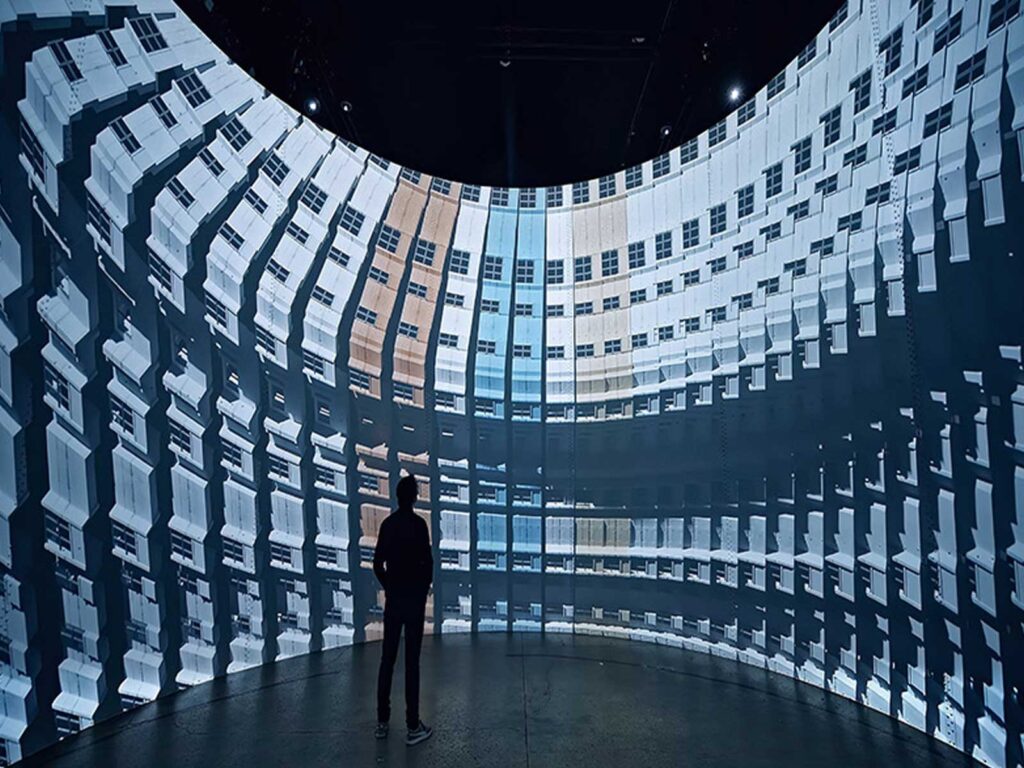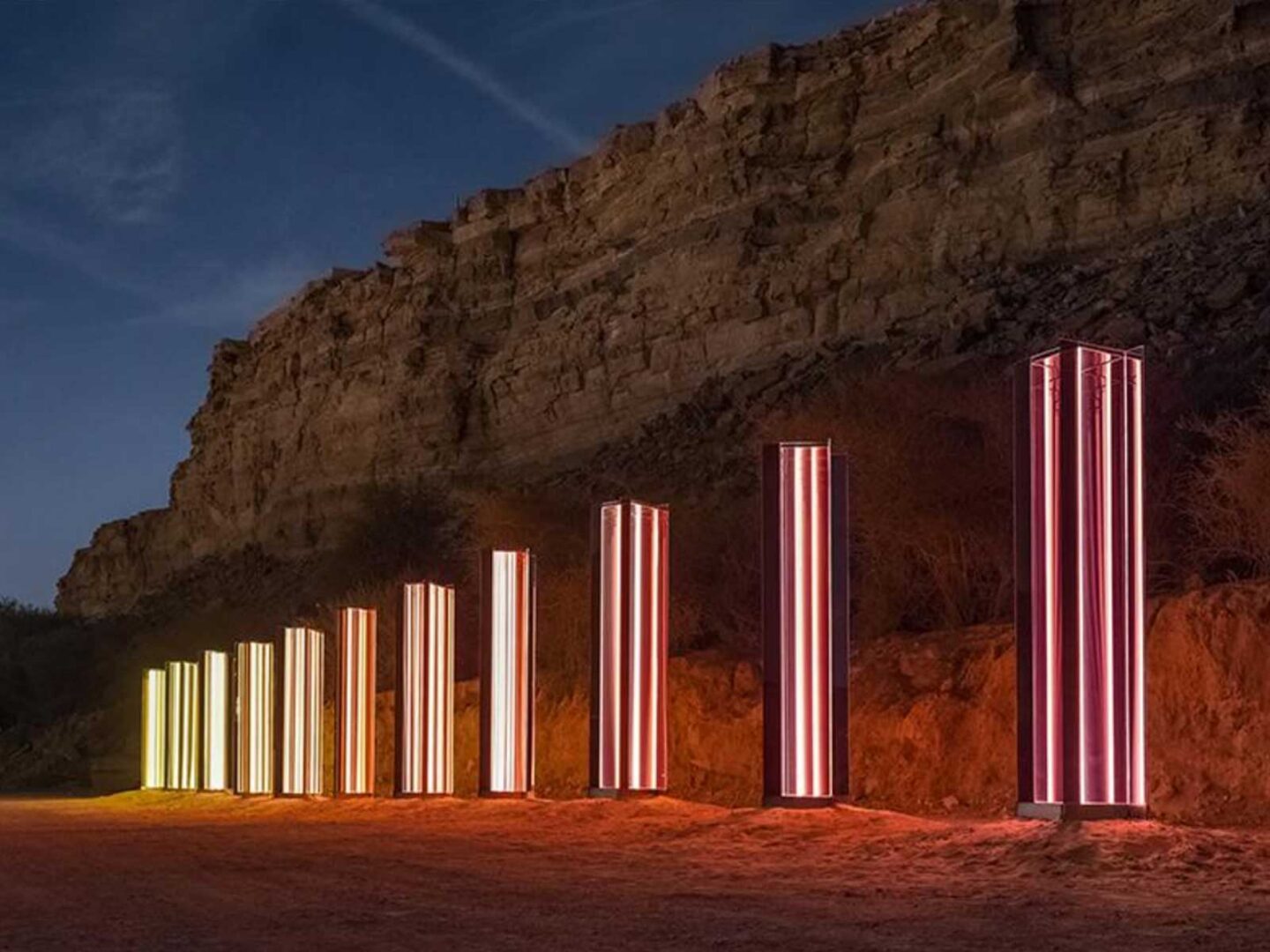The city of Riyadh, capital of the Kingdom of Saudi Arabia, is transforming its public spaces into artistic areas, positioning itself as a new cultural destination.
The city of Riyadh, capital of the Kingdom of Saudi Arabia, created the Riyadh Art initiative in 2019, with the aim of transforming its public spaces into areas of artistic expression. In addition to developing cultural heritage, this programme stimulates creativity in society and enriches the lives of its citizens, while promoting international tourism.
To make this ambitious project a reality, a team of engineers, designers, cultural managers, curators and directors from the world’s leading museums come together to work according to the initiative’s principles of excellence. More than 1,000 works of contemporary art are installed in 300 strategic locations in Riyadh, transforming the city into an open-air art gallery.

Riyadh Art consists of 13 programmes ranging from four pavilions dedicated to digital art to Noor Riyadh, the world’s largest art and lighting festival. Also of note is Tuwaiq Sculpture, which enhances cultural exchange by developing a platform where local and international artists collaborate to create large-scale site-specific works live.
Among the artists who have participated throughout its four editions is José Carlos Cabello Millán (Madrid, 1968). The sculptor presented the piece Understanding in the 2023 programme, which deals with language and human relations. He uses granite as a material, giving shape to a sculpture of refined lines that expresses movement and emphasises balance, symmetry and tension.

However, this is not the only cultural event that is putting Riyadh on the map and making it an inspiring artistic model for other cities around the world.
From 10 to 25 September, the 45th enlarged session of UNESCO’s World Heritage Committee is taking place in Riyadh. After four years without meeting in person, the representatives of 21 States Parties unanimously chose the Kingdom of Saudi Arabia as the venue. This decision recognises the Kingdom’s efforts in supporting heritage preservation and protection efforts in line with UNESCO’s objectives.
Saudi Arabia currently has six UNESCO World Heritage Sites – the archaeological site of Hegra, the district of At-Turaif in ad-Dir’iyah, the Historic Centre of Jeddah, rock art in the Hail region, the oasis of Al-Ahsa and the Ḥimā cultural area – and has included in this year’s nomination the Uruq Bani Ma’arid area, which could become Saudi Arabia’s first natural heritage site.

Sigue toda la información de HIGHXTAR desde Facebook, Twitter o Instagram
